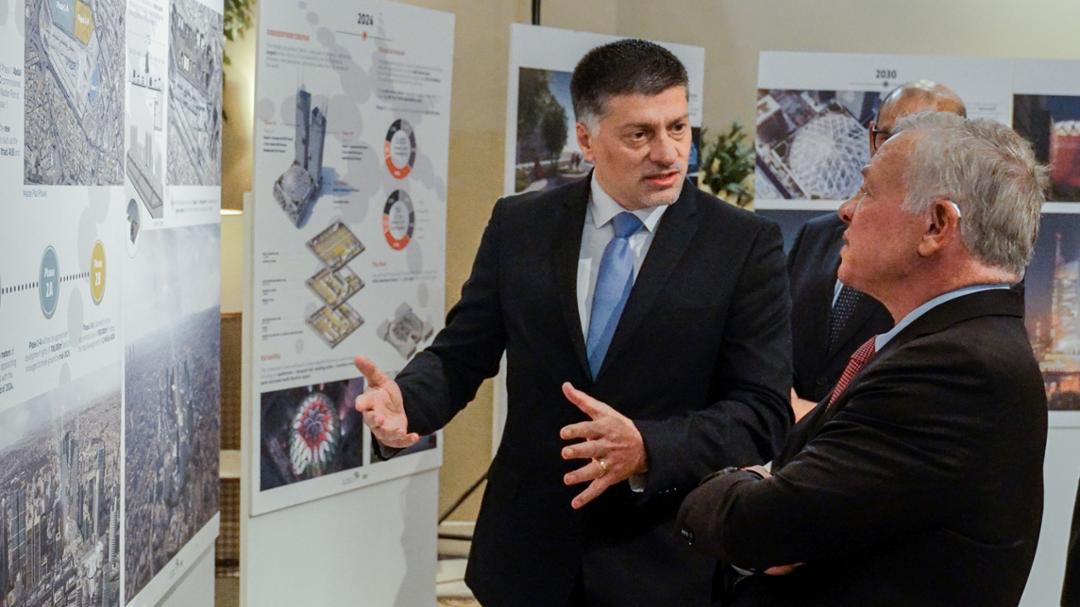Mamoun Fanek leads teams designing innovative urban spaces around the world, recently presenting a master plan to the King of Jordan.
His clients call him “the maestro.”
Mamoun Fanek is not a musician though. He orchestrates a concert of architecture, infrastructure, social economics, landscape design and the environment.
He is the principal of Planning and Urban Design for Dar Al Handasah Consultants (Shair and Partners), one of the world’s leading engineering, architectural and planning consultancies. Earlier this summer, Fanek appeared on the front page of Jordanian newspapers presenting the Abdali master plan to His Majesty King Abdullah II of Jordan.
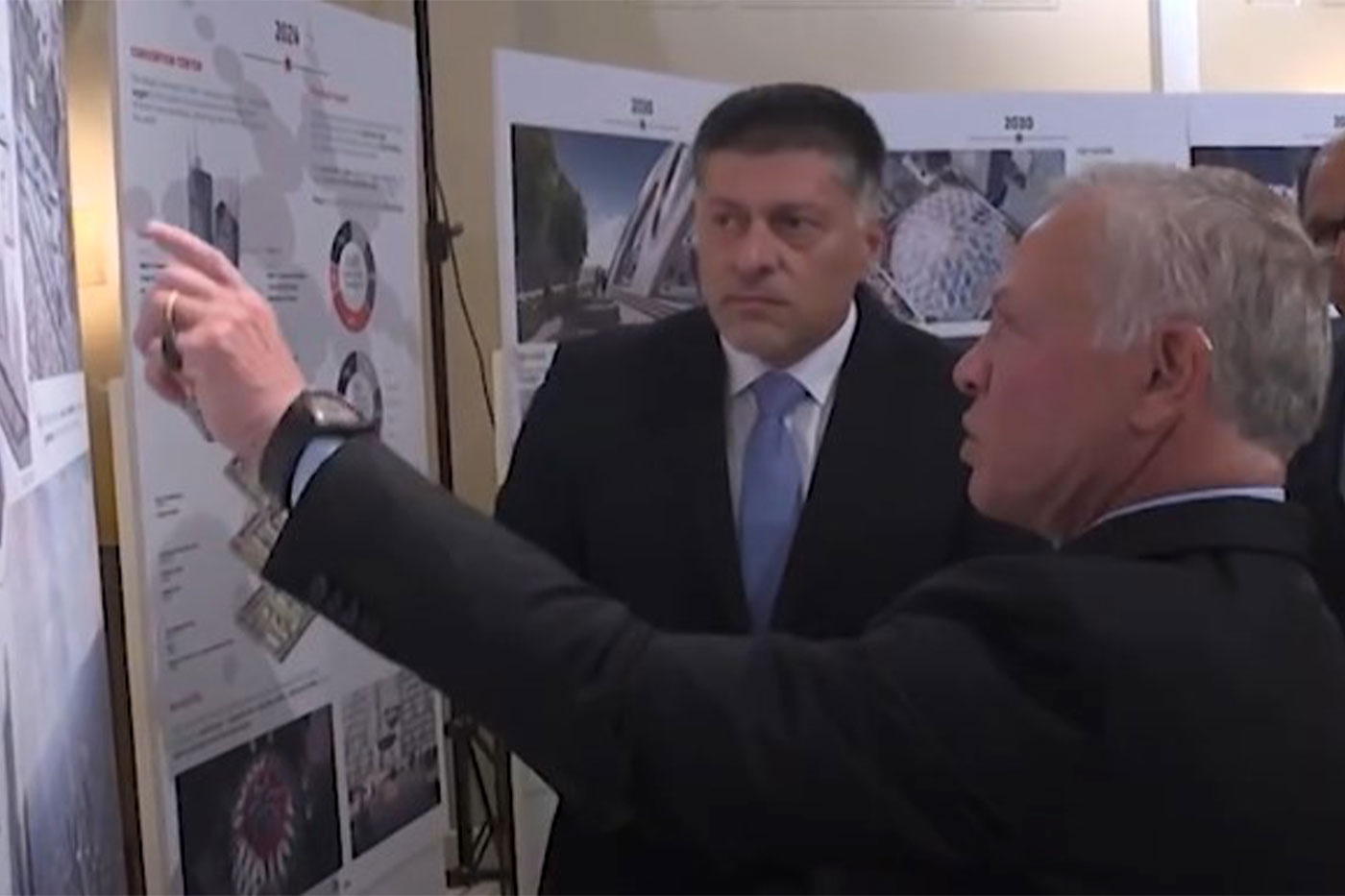
Fanek was presenting His Majesty King Abdullah II with phase two of an urban development initiative in the heart of the City of Amman. According to Fanek, Amman was never properly planned when the modern iteration was started in 1880. Of course, the old city dates to roughly 7,000 B.C.E. The city grew organically with time. Although the lack of proper planning sometimes offers an interesting urban experience, there is a threshold beyond which the functionality of any city may fail.
Fanek hopes such an urban development initiative will help create a model for others to follow. He was prepared for such an opportunity because of his early training at Texas Tech University.
Forging His Own Path
The Jordanian planner was raised in Amman, so he knows the area well. His family always stood out, in ideology and practice.
Although Fanek was raised in a Christian family within a predominantly Islamic society, this never hindered his aspirations to follow his dreams. Fanek’s father was one of the country’s leading journalists. The Jordan Times referred to his father, Fahed Fanek, as a “key, influential writer” when he passed away in 2018.
“My father always said, ‘You set the ceiling for yourself,’” Fanek recalls.
This mindset inspired his five children, all of whom have built successful careers. Fanek is the youngest and forged his own path. He chose to study architectural engineering for “the wrong reasons” he said.
“I had beautiful handwriting in Arabic,” he said.
His friends and family remarked on his polished penmanship, suggesting he enter a profession where his gift would be on display. Since calligraphers haven’t historically raked in a lot of money, Fanek went into architectural engineering. He enrolled in the University of Jordan in 1985.
“My older brothers went to the U.S. for their undergraduate years, but I wanted to mature and grow up to capitalize on studying abroad,” Fanek said.
When it was time to look at graduate school, which had always been a goal of Fanek’s, he had a friend going to Texas Tech. Rashid Al-Hmoud had attended the University of Jordan at the same time as Fanek; Al-Hmoud studied economics and statistics.
Both men left for the U.S. – Al-Hmoud to Texas Tech and Fanek to Brigham Young University. Only a month after they arrived stateside, Al-Hmoud was missing his friend. He bought a used Toyota Corolla and drove up to Provo, Utah.
“It was the Fourth of July, classes hadn’t even begun, and I told Mamoun he should transfer to Texas Tech,” Al-Hmoud said.
Intrigued but skeptical if a last-minute change of plans would work, Fanek deferred to his friend for help. Al-Hmoud went back to Texas and scheduled a meeting with the interim dean of the Huckabee College of Architecture (then College of Architecture).
Al-Hmoud made a strong case because the college accepted Fanek with funding.
“The rest is history,” said Al-Hmoud, who is now chair of the Department of Economics at Texas Tech.
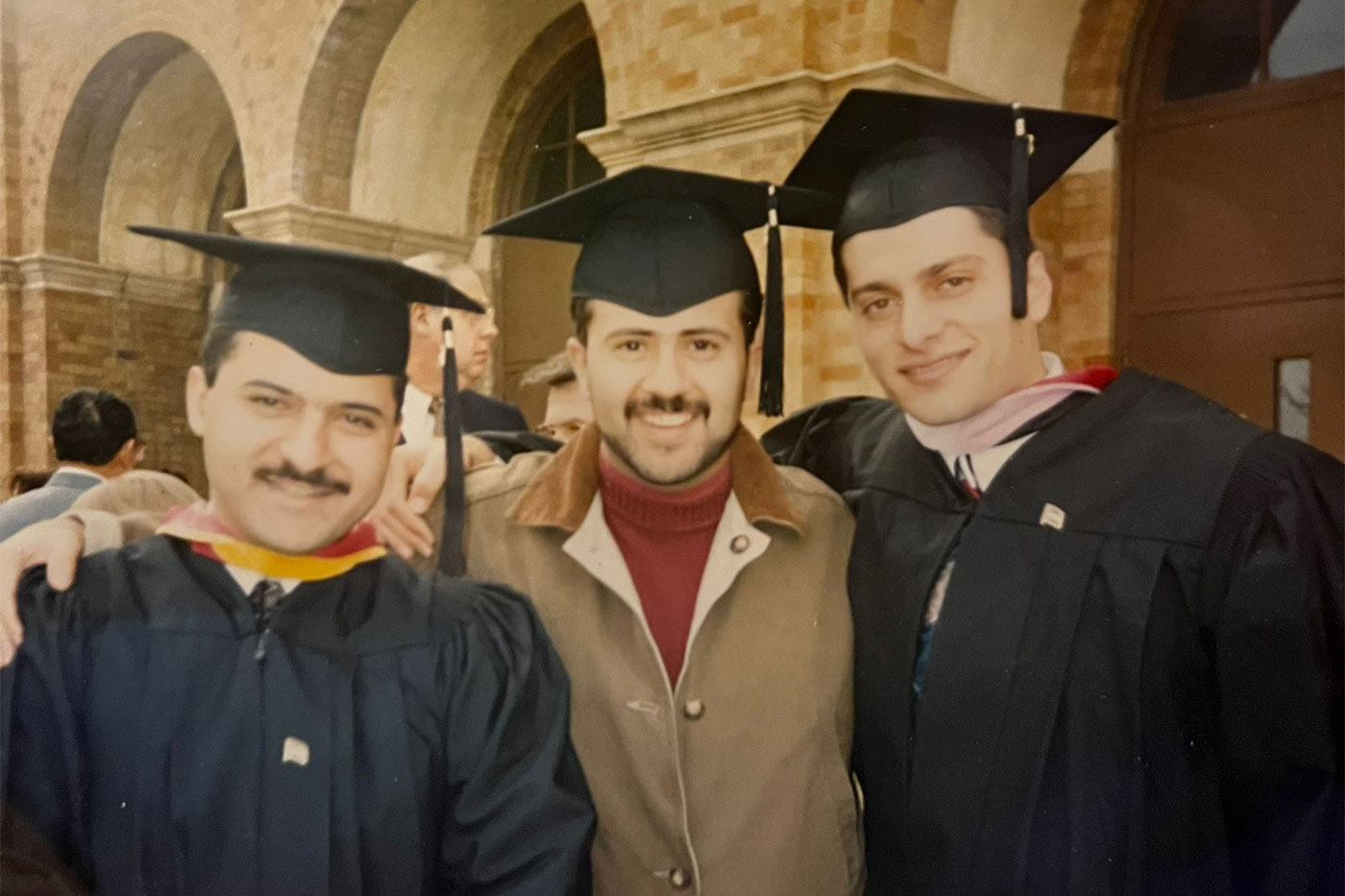
Al-Hmoud and Fanek became roommates and built memories together with new friends.
On Friday nights, Fanek went for drinks with professors and other graduate students. They’d share new thoughts and ideas on the projects they were working on. Sometimes these evenings even involved a prank or two.
“In addition to the educational value I gained at Texas Tech, the thing I appreciated the most were the people I got to meet. Their sincerity is unparalleled,” Fanek said.
His courses were different from what Fanek had known in the Middle East.
One major difference between architecture in Jordan and the U.S. was its separateness from engineering. In Jordan, Fanek earned a degree in architectural engineering. The U.S. often encourages students to pick between the two disciplines.
Architecture had become an independent college five years before Fanek arrived at Texas Tech. But even before it became a college, it was in its own department.
A lot of the Western world divides architecture and engineering.
“That goes back to the artistic history and culture of those places,” Fanek said. “In the pre-industrial age, those countries placed more value on art which translates well into architecture.”
Fanek said the U.S. along with European countries such as Italy and France observe this divide, whereas much of the Middle East and Asia keep the practices combined. He was fascinated by these differences and chose to survey architectural and engineering firms for his thesis. He looked at the correlation between how firms positioned themselves and their level of success.
He found the larger an architectural firm is, the more service-oriented it becomes, whereas smaller firms are product-oriented.
Unlike Texas, bigger wasn’t always better. When architectural or engineering firms got to a certain size, they were run more like businesses rather than practices, Fanek concluded.
This was true no matter where the firm was located. While he primarily looked at Jordan, this pattern held true across the U.S.
A Hard Goodbye
Fanek stayed at Texas Tech until 1997.
“I didn’t plan on getting a Ph.D. but the college offered me a fellowship I couldn’t turn down,” he said.
He earned his doctorate in Land Use Planning, Management and Design, where his focus took a subtle but important turn from architecture to urban planning. Fanek was drawn to urban planning for the ways it brought his areas of expertise together. He describes it as a symphony of economics, geography, architecture and more.
“As an urban planner you work with many different specialties, but you’re the one putting everything together at the end of the day,” he said.
Fanek spent four years working on his doctorate, graduating in 1997. He spent one more year at Texas Tech as a visiting lecturer.
It was a hard goodbye when the time came to leave Lubbock.
A Sustainable Future
Fanek moved to Egypt where he spent almost three years before relocating to Lebanon. He worked as a senior urban planner for Dar in Beirut. It was there he met his wife, Dareen. The couple married in 2002.
Together, they have four children.
In 2008, Fanek’s career took his family back to Jordan. He worked in planning and business development, managing projects for major global companies such as Booz & Co., PricewaterhouseCoopers and Ernst & Young. In 2013, an opportunity to rejoin Dar as a principal presented itself. Eleven years later, he relocated to Saudi Arabia, where he now works with the same company. From Al Khobar, he serves some of the largest brands in the world.
Dar works on projects around the globe. In fact, these days, it’s rare that work takes Fanek to his country of origin. So, when The Abdali requested a bid on its largest mixed-use development in Amman, Fanek’s team at Dar went to work.
“Our team was not involved in the first phase of development,” Fanek clarified. “But the first phase demonstrated such an increase in quality of life that the second phase was initiated.”
Fanek and his team put together a master plan for phase two which will propel the project into being a driver for business, adding to the local workforce. It also will add designer environments for the residents of the capital’s new downtown.
Fanek presented the master plan for phase two to King Abdullah II earlier this year.
“It was a great honor and an amazing experience to represent Dar in presenting on one of the most prominent urban initiatives to His Majesty,” Fanek said, smiling.
Fanek is acutely focused on sustainability – a pressing global issue that architects and urban planners must account for in today’s climate. One way to alleviate the strain on the environment is avoiding monotonous single-land use developments, whether that be residential, commercial or otherwise.
“Such developments are highly dependent on vehicular mobility, which have adverse environmental and social impacts,” Fanek said. “One of the most effective ways to achieve improved quality of life and environmentally sustainable developments is the application of a place to work, live and play.”
These mixed uses have proven to be productive – a pillar of redevelopment projects worldwide.
Concurrently, Jordan is celebrating King Abdullah II’s silver jubilee. This marks 25 years of his leading the country. According to Fanek, an important part of this celebration has been a slew of new initiatives throughout Amman and the rest of the nation.
A New Ceiling
Al-Hmoud recently reflected on his friendship of 37 years with Fanek.
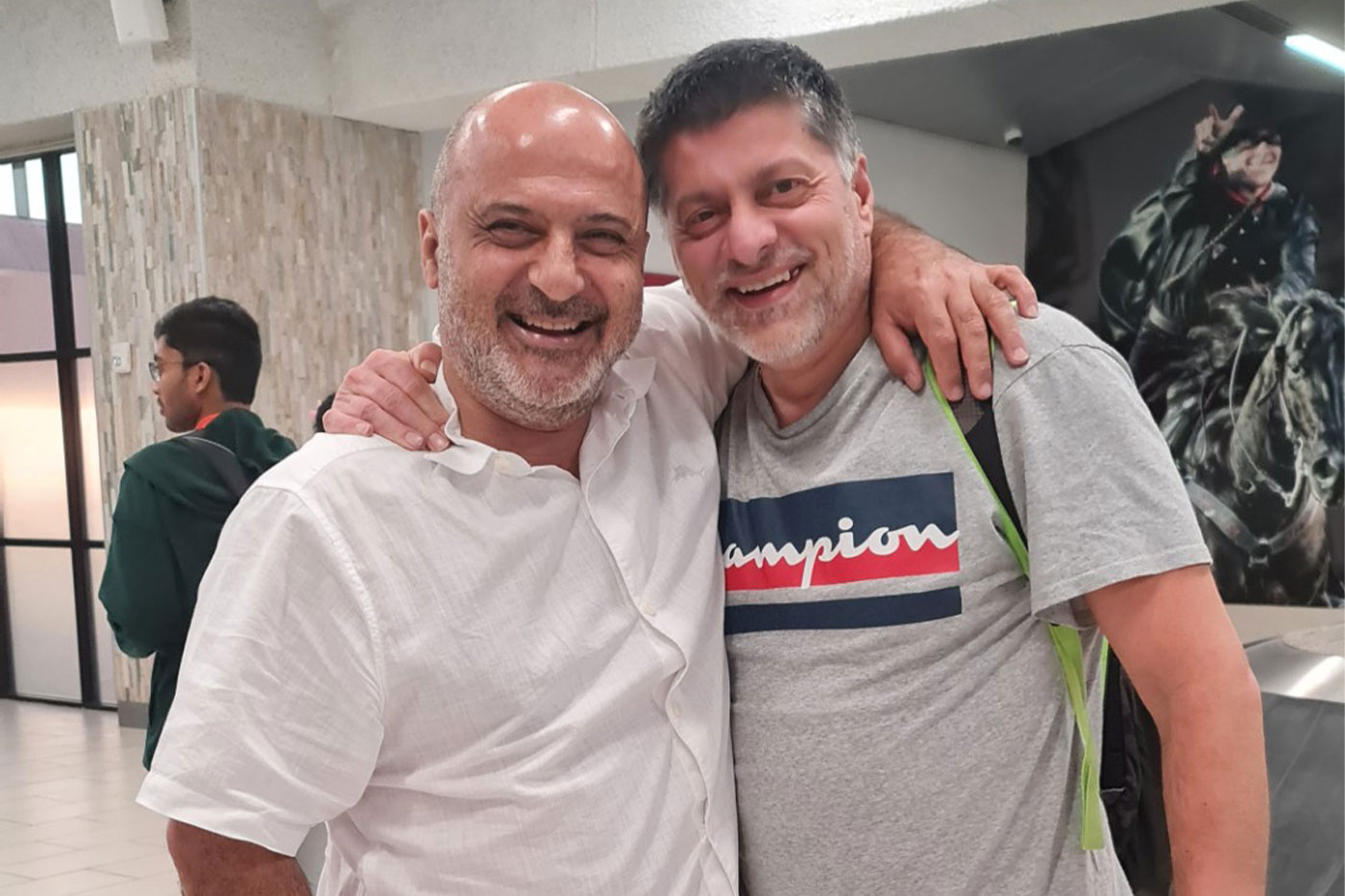
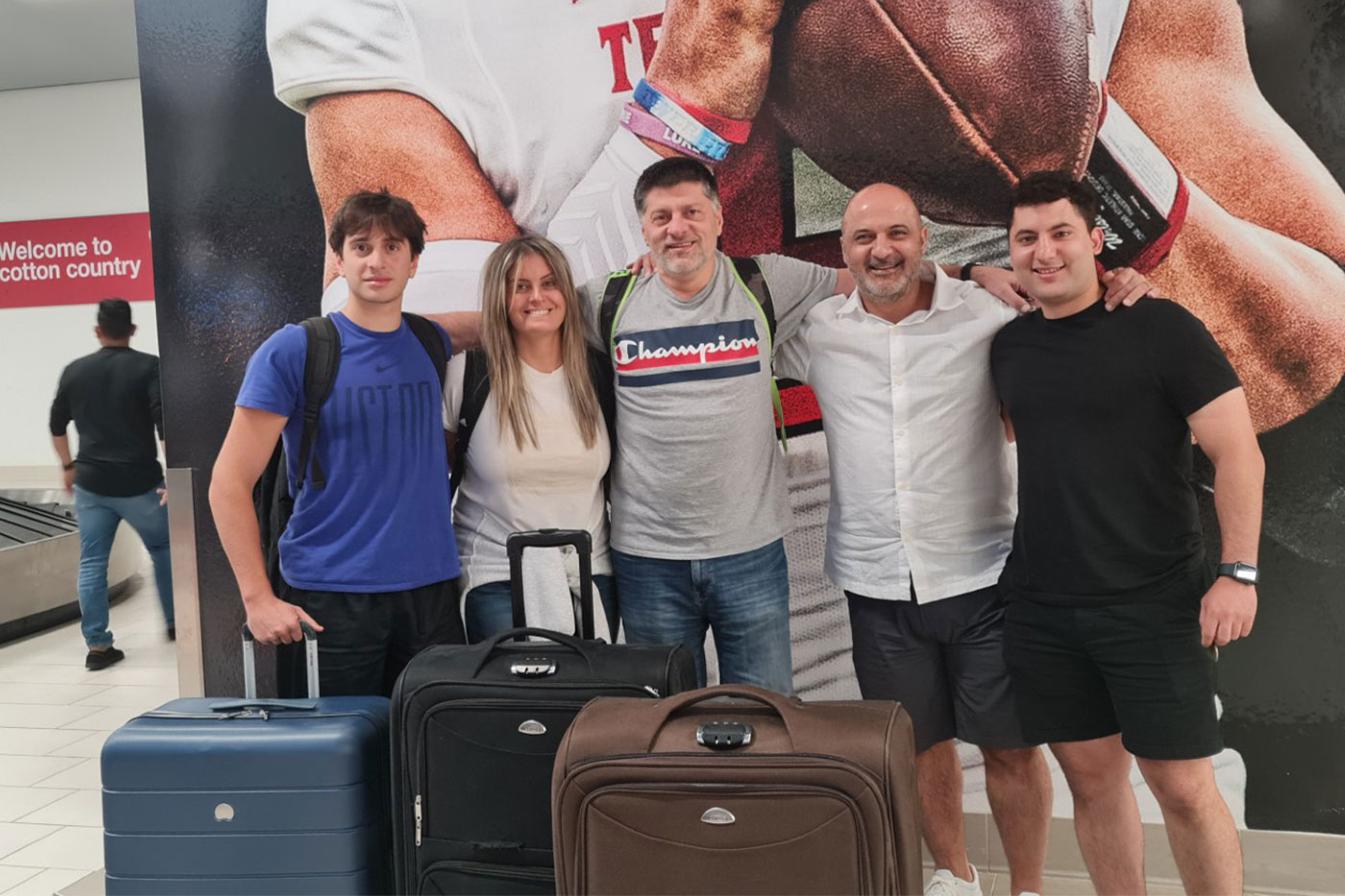
“Mamoun is a great example of what Texas Tech is all about,” Al-Hmoud said. “He embodies ‘From Here, It’s Possible.™’ Red Raiders are known for their grit and tenacity, and that’s who Mamoun is.”
That spirit has been passed down from Al-Hmoud and Fanek to their children. Al-Hmoud has sent two children to Texas Tech. Last year, Fanek’s oldest son Faris started at Texas Tech. The computer science major successfully completed his first year as a Red Raider and is currently home in the Middle East completing summer courses online.
“Every time Texas Tech was mentioned as a kid, my dad would talk about how fun it was,” Faris said. “I knew it was an experience I had to have for myself. Being a Red Raider has been like being part of a community.”
When Fanek brought his family to campus, it was the first time he’d returned.
“Coming back to Lubbock was filled with emotions I was unable to hide,” Fanek said.
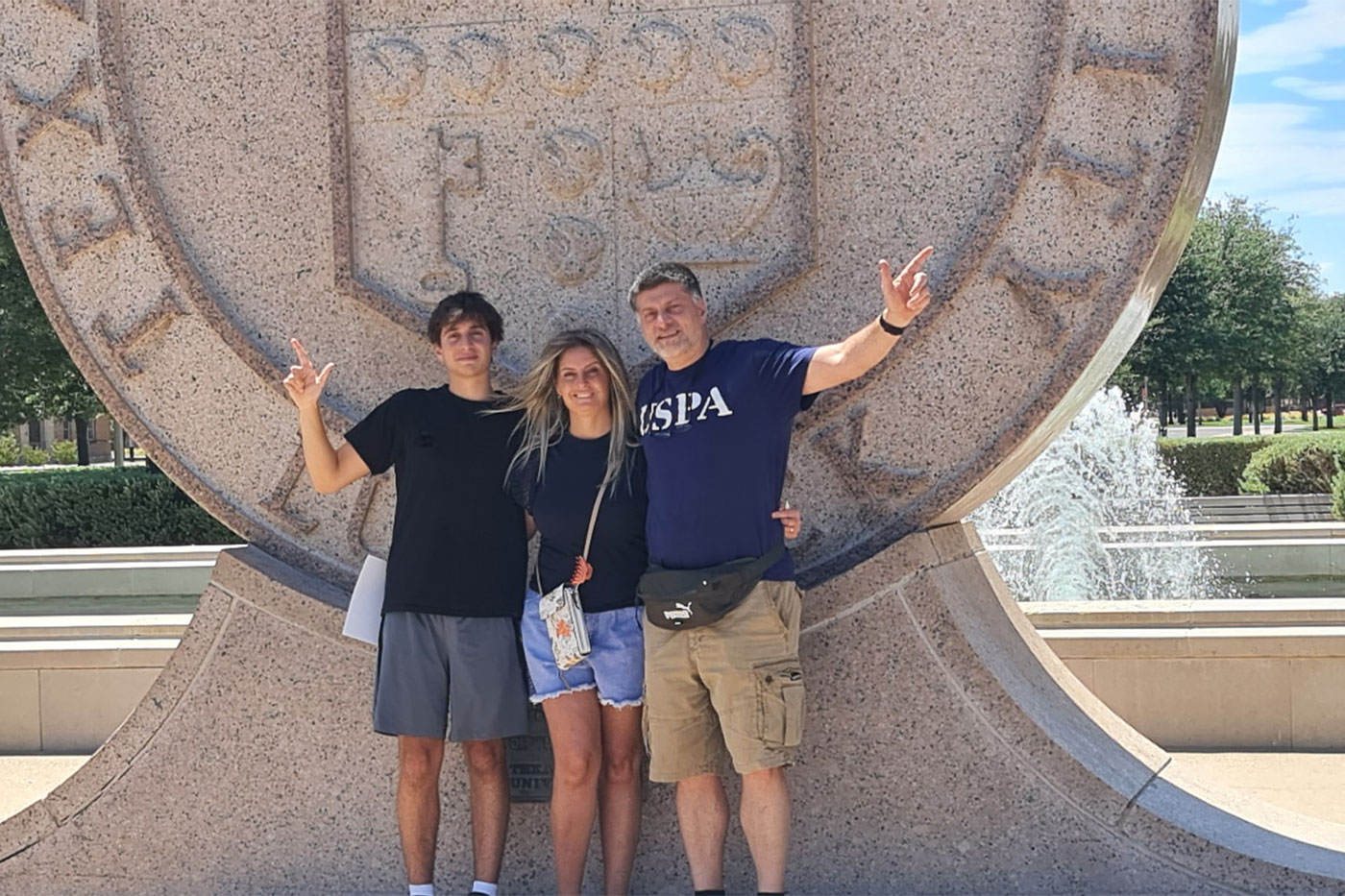
Al-Hmoud took them around campus, showing his friend all that had changed in the past 27 years; they even met up with a few former classmates. And while Fanek may be designing some of the most innovative residential developments in the world, there is something about West Texas that draws him back.
“A lot has changed, but it’s still Lubbock,” Fanek said with a smile. “Lubbock is my second home."

